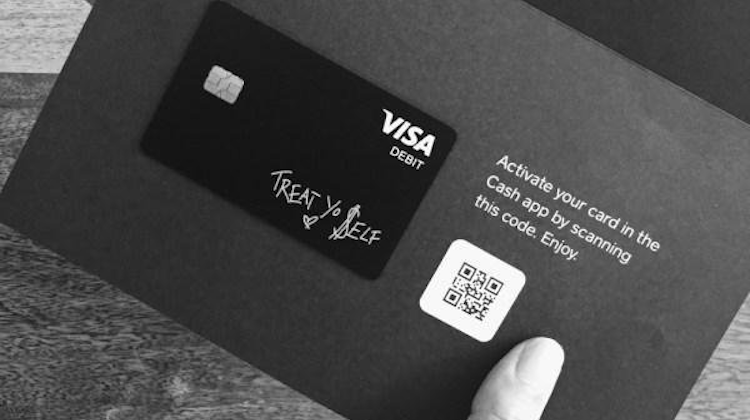Payments
Why mobile wallet companies are pushing plastic cards
- P2P payments brands Square Cash, Apple Pay and Venmo have all introduced prepaid cards this year to bridge the adoption gap between physical and mobile payments
- Today 10 percent of total retail sales reside in e-commerce, the other 90 percent are still made at physical stores








